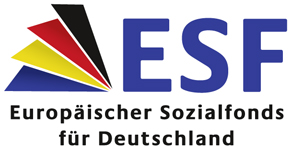Digital innovation/technology
Efficient recycling and reuse of used textiles is essential for a sustainable economy. The currently applied manual textile sorting is a time-, cost- and resource-intensive process. Thus, the idea to develop T3S, a system for automated separation and sorting of textiles, was born. Visual quality analysis of spread textiles is intended to increase the efficiency of the previously manual sorting process and ensure consistently high sorting quality. At the same time, the locally performed work step can reduce costs for sorting.
Expensive, slow and resource-intensive manual textile sorting is replaced by this automated sorting process. Computer vision and robotics are used to separate textiles and automatically determine their product category, quality and material. Larger textiles are spread out, while smaller textiles can be detected in free fall. Both the mechanical spreading and the classification in free fall set us apart from other automation solutions. Technical challenges in the funded project are the further development of AI and robotics to cover all product categories as well as the development of a novel material recognition.
Planned scope of application
Our main target group are textile sorters who collect and sort used textiles. The aim of the funding project is to strengthen the area of recycling and circular economy of textiles in particular. After the end of the project, the developed technology can also be opened up for other customers and used, for example, for the automated returns management of clothing in retail or in the automation of laundries.
Example: Categorization of baby clothes
Technical data
Classifly 40
Classifly 80
Classifly 180
Dimensions (LxWxH)
574mm x 574mm x 283mm
660mm x 660mm x 1000mm
1460mm x 1450mm x 1805mm
Object size
up to 40cm x 40cm
up to 80cm x 50cm
up to 180cm x 60cm
Applications
(examples)
Cleaning cloths, gloves
Baby and children clothes
Clothing
Recognizable properties
Holes, cracks, stains, color deviation, brightness, material type, pattern
Minimum defect size
1mm²
Protocols
TCP-IP, Profinet, Modbus








